Have you ever watched a once-fearful dog slowly bloom into their happiest self? It’s one of the most moving transformations you’ll ever witness. Those first tentative tail wags, the gentle sigh as they curl up beside you—each small change is a silent thank you from a soul that’s finally found peace. For dog lovers, understanding these shifts isn’t just fascinating—it’s how we know our furry friends truly trust us. Let’s walk through the heartwarming changes that signal a dog has finally found their safe place.
The Tail Unfolds: From Tucked to Wagging
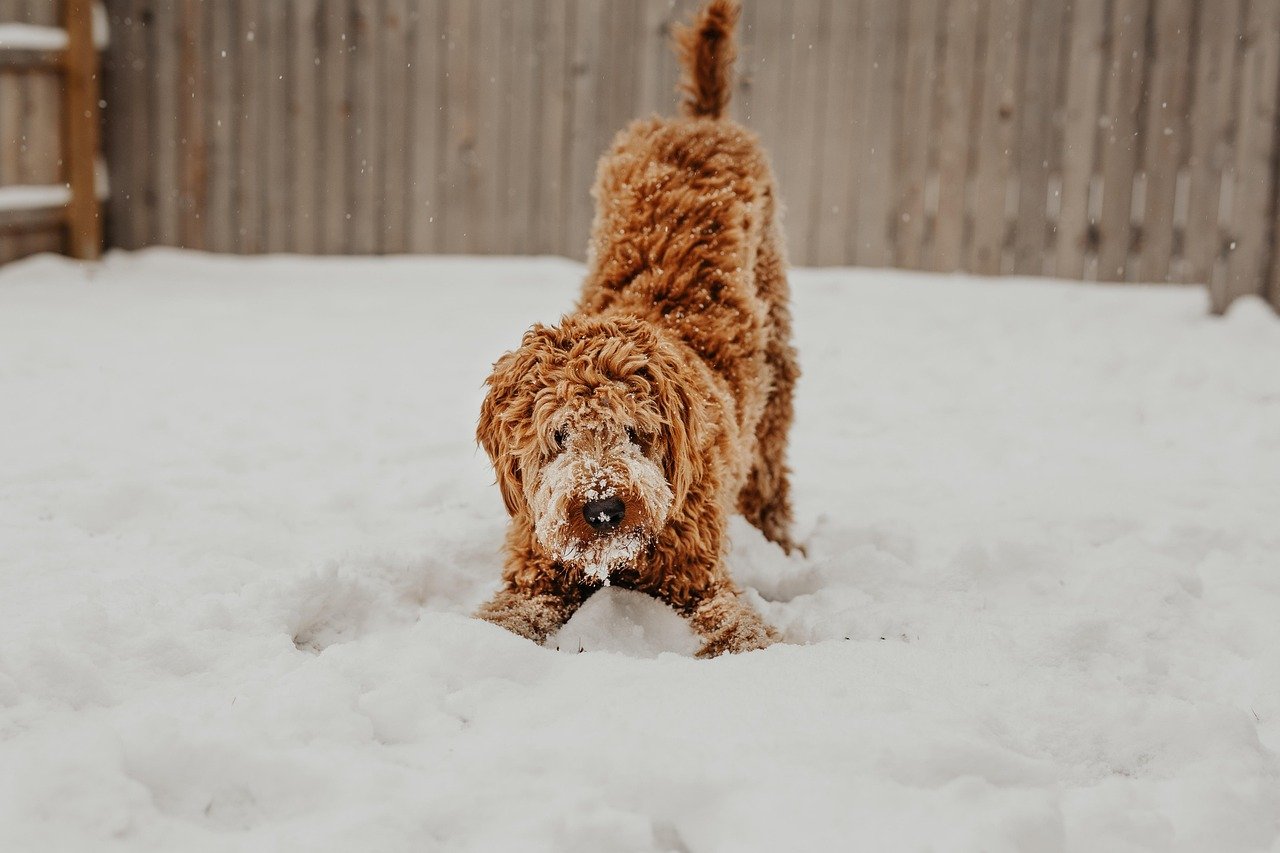
A dog’s tail is like an emotional barometer. When a new or anxious pup first arrives, you’ll often see their tail tucked firmly between their legs. It’s a sign of fear or uncertainty, a protective instinct against the unknown.
But when a dog feels safe, that tail starts to loosen. Soon, you’ll spot gentle wags, sometimes even full-body wiggles. It’s their way of saying, “I trust you now.” If your dog’s tail goes from hiding to happy, you’ve given them something priceless—security.
Soft Eyes and Gentle Gazes
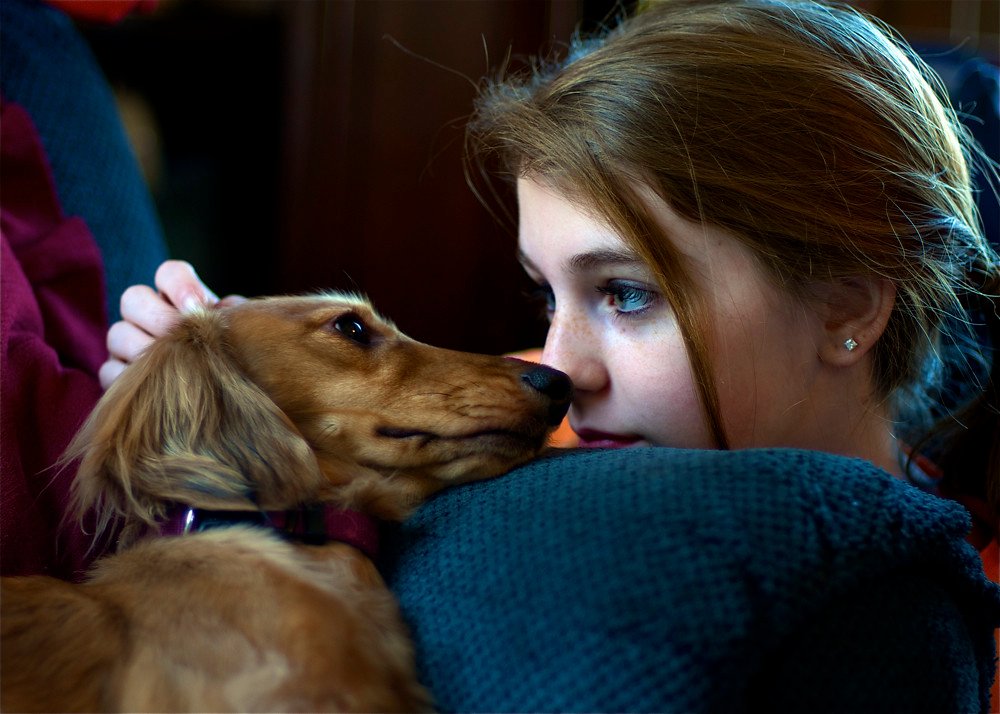
Fearful dogs often avoid eye contact or stare with wide, darting eyes. This isn’t rudeness—it’s self-preservation. Eye contact can feel threatening, especially for pups with rocky pasts.
As trust builds, their eyes soften. You’ll notice calm, lingering glances and relaxed blinks. These moments are packed with meaning: your dog is letting their guard down. When you catch your pup gazing at you with those sweet, “I love you” eyes, cherish it—they feel truly at home.
Sleeping Soundly—and Showing Their Belly
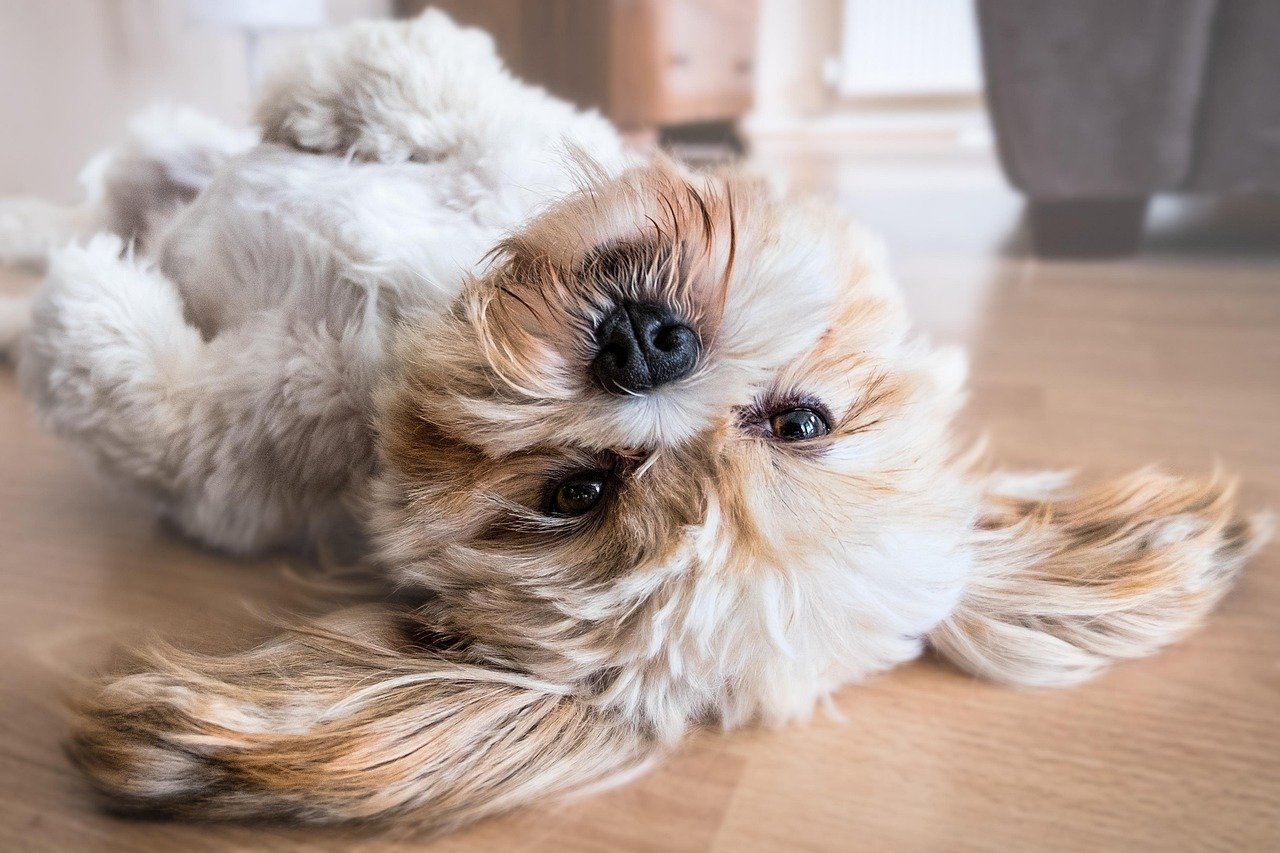
An anxious dog sleeps lightly, always half-alert for danger. They might curl tightly or pick hidden corners, guarding their vulnerable belly. But safety changes everything.
Soon, you’ll catch your dog snoozing on their back, legs akimbo, belly exposed. This is ultimate trust—no animal shows their softest spot unless they feel utterly secure. Sound sleep is also a health win, letting their bodies and minds heal.
Playfulness Returns
When dogs are worried or stressed, play is the last thing on their minds. Even a favorite toy might gather dust if they’re not ready to relax. But as comfort grows, you’ll see their silly side blossom.
They’ll pounce on squeaky toys, chase after balls, and initiate goofy games. This isn’t just adorable—it’s essential for well-being. Play signals a happy, healthy mind. If your dog starts zooming around with joy, it’s proof they feel safe and loved.
Eating and Drinking Without Hesitation
Anxious pups may eat sparingly or skip meals entirely, especially in new environments. Some even hide their food or guard their bowl, fearing scarcity or intrusion.
When safety settles in, appetites return. You’ll see your dog eating at a steady pace, sometimes even with a little happy tail thump. Regular eating and drinking mean their stress hormones are dropping and their body is in balance. It’s a simple but powerful sign of trust.
Seeking Out Affection—On Their Terms
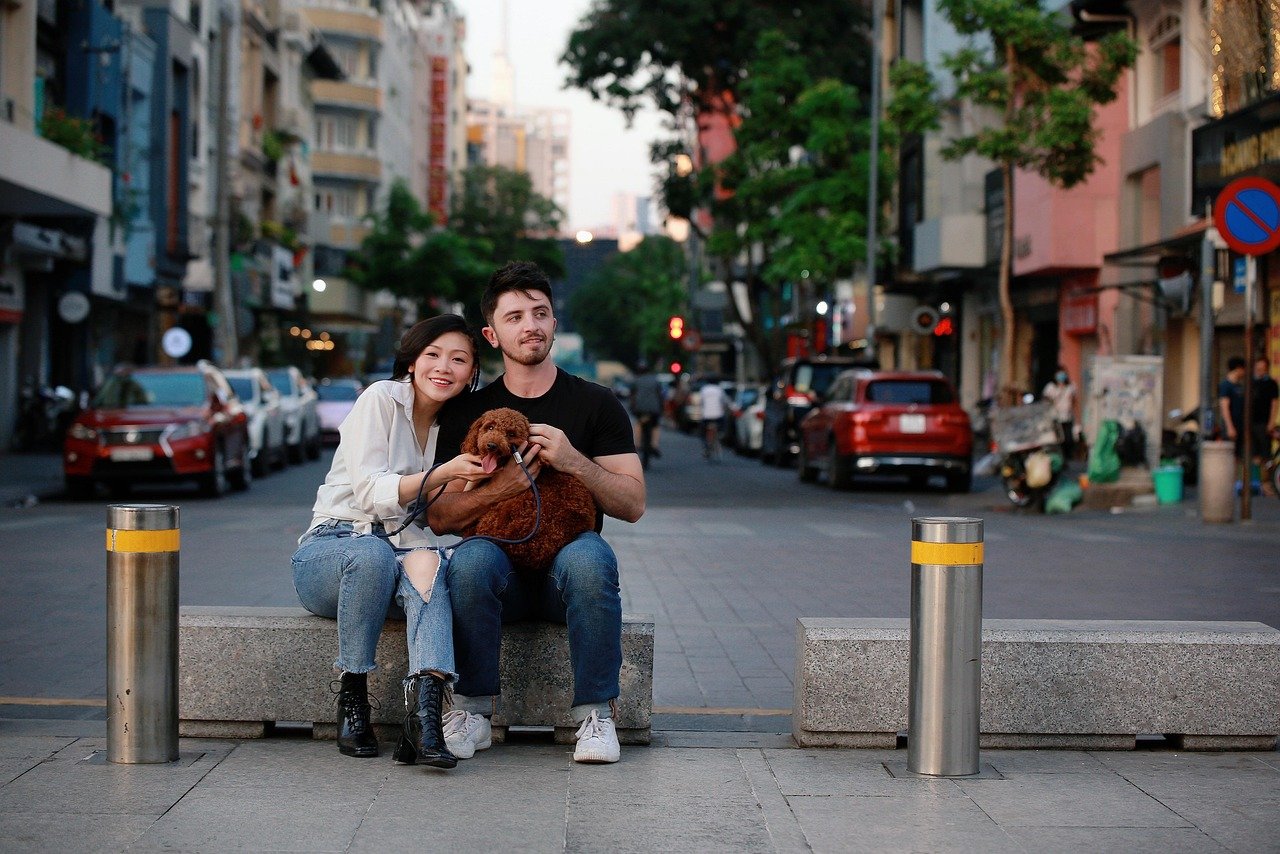
Many nervous dogs shy away from touch or flinch at sudden movements. They might hover in doorways or keep just out of reach. This isn’t a lack of love; it’s a learned caution.
As trust blooms, you’ll notice gentle nudges, leaning in for pets, or curling up beside you. They may even paw at your hand for more snuggles. When a dog initiates contact, it’s a huge step—they’re choosing you as their safe spot.
Exploring Their World with Confidence
A scared dog tiptoes, sticks to the walls, and avoids open spaces. Every new sound or smell is a potential threat. But as comfort grows, curiosity takes over.
You’ll see your pup sniffing around, checking out new rooms, or investigating the garden. Exploration is a sure sign they feel protected. Confident wandering means your dog trusts their environment—and you.
Calmer Reactions to Everyday Life
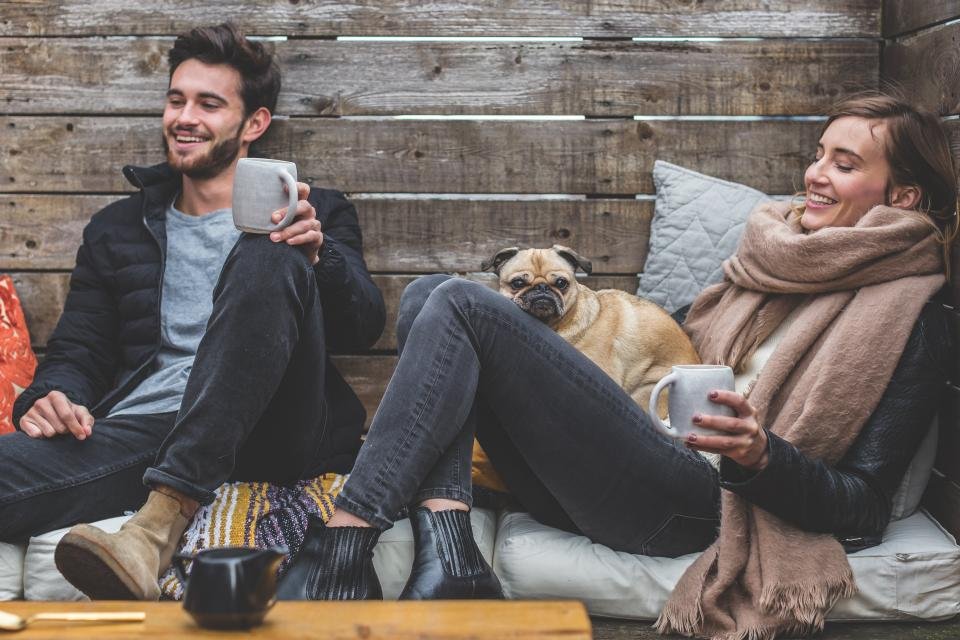
Loud noises, visitors, or sudden changes might once have triggered barking, hiding, or trembling. These reactions can be draining for both you and your pup.
Over time, as safety becomes routine, their responses mellow. A slammed door only earns a curious glance, not a panic. With patience and gentle routines, even the most sensitive dogs can learn that the world isn’t so scary after all.
Healthy Grooming Habits
Stress can lead dogs to over-groom, chew at their skin, or neglect their coats entirely. They might develop hot spots or hair loss from constant worry.
When they feel safe, grooming returns to normal. You’ll spot them calmly licking their paws or giving themselves a good scratch—just enough to stay clean, not out of anxiety. Healthy fur and skin reflect inner calm and wellbeing.
Vocalizations Change: From Silence or Barking to Content Sounds
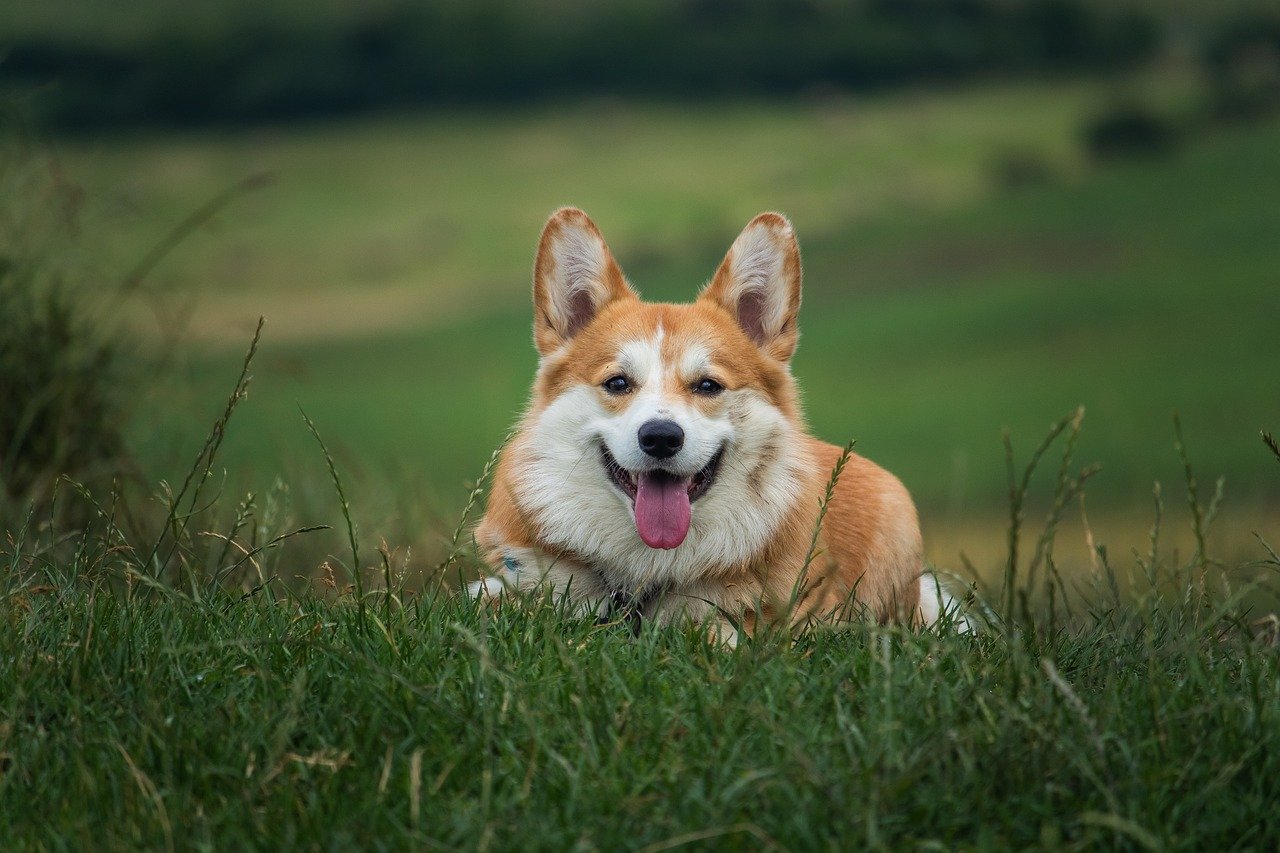
Fearful dogs may go silent, afraid to draw attention, or bark excessively out of nervousness. Neither is a sign of contentment—they’re just coping mechanisms.
When they finally feel safe, you’ll hear relaxed sighs, gentle grumbles, or even happy “talking.” Some dogs start making funny little noises just to engage with you. These new sounds are like music: they mean your dog feels free to express themselves at last.
Building Bonds with Other Pets and People
A dog who’s been through tough times may be wary of other animals or even family members. They might stick to their own bubble, watching from afar.
As security grows, so does social confidence. Your dog might initiate play with another pet, greet visitors, or even offer a friendly sniff to a stranger. These social steps are precious—they show your dog finally trusts not just you, but the world around them.
Jen is a passionate nature lover and ocean conservationist. She has dedicated her life to protecting the environment and preserving the beauty of the natural world. Growing up in a small coastal town, Jen sincerely appreciated the ocean and its inhabitants. She has spent countless hours exploring the shoreline, learning about the creatures that inhabit the waters, and advocating for their protection. Jen is an active member of ocean conservation organizations, and she is committed to educating the public about the importance of conserving wildlife and the natural environment.






